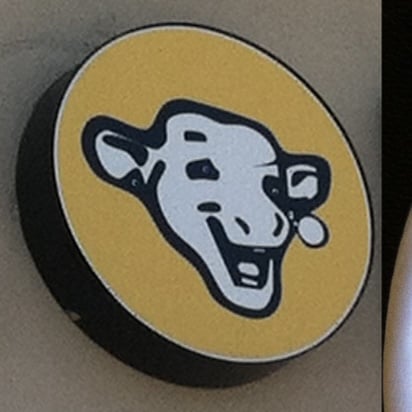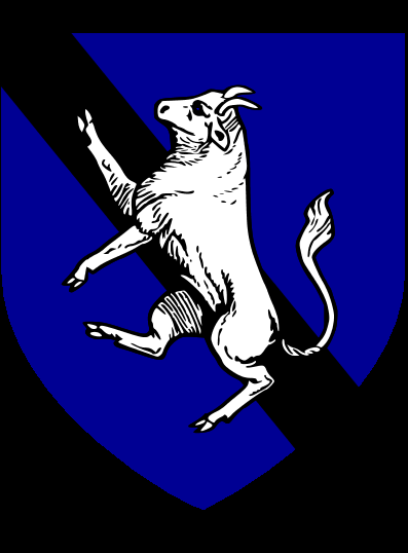Technically these are all still Latin leters, just that they’re written in a weird way that evolved from middle-aged Gothic handwriting as opposed to Latin directly which was the case with English cursive. This style of writing, along with the print-oriented 𝔣𝔯𝔞𝔨𝔱𝔲𝔯, was abandoned for the Latin equivalent by the Nazis for logistical reasons in 1941.
https://en.m.wikipedia.org/wiki/Kurrent https://en.m.wikipedia.org/wiki/Antiqua–Fraktur_dispute

It’s so discomfortingly jagged
What the hickety heck is going on between lowercase R and X?
Multiple letters for “s” sounds and the rest idk lol
Edit: looks like two for “t” sounds as well. Not sure how they’re supposed to sound though.
Why are n and u exactly the same?
They aren’t, the u has a dash over it
I’ve had to read a few old German documents for personal genealogical research and good god, the handwritten words were hard to make out. Spent like 20 minutes just trying to read the phrase “ein und funfzig” (51, as in 1851). Someone else who’d read those documents completely misread them and listed his birthyear 20 years later than it should be, implying he was a 13 year old boy when he married a 30-something year old woman.
I swear it says „Barbaras Rhabarberbar" in there somewhere.
My grandmother just passed last year at 100. She wrote exactly like this but in English. She grew up in a German speaking home in the US, her parents had been part of a large group of Germans who had settled in Russia because conditions in Germany were worsening. They broke wild land for farming, built roads and houses, dug wells etc. When Russia seized all of their farms and packed them into train cars where many died, they fled to the US.
My great grandparents got their citizenship when he fought in WWI. I met him once before he died, he had the same first name I do and he had a wooden leg from a rock slide unrelated to his service in the war. I have a decorative plate with his likeness with a moustache and a cigarette hanging in my kitchen.
I can read this stuff though, my grandmother sent handwritten cards and letters for 40 years of my life. Also I have lived in Germany although my German isn’t very fluent.
This is what i got without looking it up.
Bisweilen wird jede Form der deutschen Kur- rentschrift als Sütterlin- schrift bezeichnet. Dies liegt wohl daran, daß die Sütterlinschrift dieje- nige Form der deutschen Kurrentschrift ist, deren Name am bekanntesten ist. Trotzdem ist diese Be- zeichnung unzutreffend, denn es gab die deutsche Kurrentschrift schon lan- ge vor Ludwig Sütter- lin.I actually learned Sütterlin in school, not as the standard but as an alternative cursive.
I already hated cursive, having to learn another and on top of it outdated writing system was the first of many ways schools wasted time I have experienced.
Yeah, I hate how they insisted you do it their way with surgical precision when your own way is legible too.
We had a course in elementary school called “fine writing” or “beautiful writing”. Mandatory, of course. I was completely fine with “legible”.
No actual document looked like the picture in the OP though. That picture is created by using handwritten letters as a font, you can clearly see the spaces between each letter while in reality the letters would connect much more smoothly, and that creates an even more indecipherable effect than it actually was.
Fun fact: when I was in college, we still used that style of cursive for the names of vectors.
NEIN





